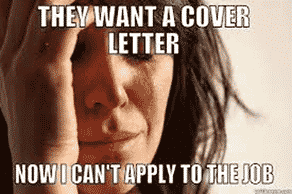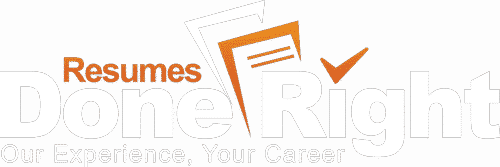
and help you approach your cover letters with a little more enthusiasm, or at least a little less loathing.
What is the Purpose of a Cover Letter and Why Should I Care?
Many companies and recruiters still require a cover letter as part of your application. It can seem daunting, or even like a waste of time, but think of your cover letter as your first and last impression. What exactly is a cover letter? A cover letter is a short document that is attached before your resume or CV to introduce yourself to the hiring manager or recruiter. Why is this one-page attachment so important to you? It’s simple. Having a well-written cover letter can give you an edge over other candidates because it provides you with the opportunity to explain why you’re best suited for the job in a way your resume can’t. Additionally, if it’s between you and another candidate with similar qualifications and experience, your cover letter can be what gets you across that finish line and land you that interview. With this in mind, a cover letter is never an exercise in futility.
What Do I Put in a Cover Letter?
Components of a Great Cover Letter
- A header that contains your name, contact information, LinkedIn profile (if you have one), and the position you’re applying to.
- The date of your application.
- A greeting to the hiring manager or recruiter. If you are unable to ascertain their name, you can use a formal “Attn: Hiring Manager”.
- A short paragraph as to why you feel you are a fit for the role you are applying to that addresses the main job requirements. Use keywords!
- A short paragraph on your previous employment experience using specific examples with an associated achievement to show you’re a great candidate who will bring value to the company.
- A closing that indicates your desire for an interview and gratitude for the time spent on your application.
- Your signature, name, and most importantly, the best number to contact you at. Additionally, if you have a schedule that makes it difficult to reach you, include times when you’re easiest to reach so that the hiring manager sees your consideration for their time.
Some Common Cover Letter Myths
1. Cover letters are outdated and unnecessary.
False. While applications have largely moved from in-person drop-offs to electronic submissions, a human is still on the other end of this process and will have the final say in your success. To date, there hasn’t been a universal shift in using online portfolios or social media pages like LinkedIn to replace the information in a cover letter. Additionally, many positions, particularly in white-collar jobs, demand cover letters as they are another way to assess a person’s ability to write, express themself, negotiate, and synthesise information into a succinct professional letter.
2. No one reads the cover letter.
False. While it is true that your cover letter may not always be read initially, there is a high probability, especially with the number of applicants each job receives nowadays, that your cover letter will be read at some point during the hiring process and could determine whether you get the interview or not.
3. Isn’t a cover letter the same information I would provide in an interview anyway?
False. A cover letter is not a stand-in for your interview. An interview is where the hiring manager and interview panel will ask you a set of questions to rate your performance, knowledge, skills, and adaptability. They will be using a rubric to compare your answers to others and the score will determine your success. Your cover letter is what will get you that interview. The information you provide in your cover letter only provides a small snippet of information that sets you apart from the rest of the candidates. While this may lead to follow-up questions from the hiring manager or recruiter during your interview, it’s not a stand-in for your interview, it’s a supplement.
4. Writing a cover letter is annoying.
Okay, you’ve got me there. Writing a cover letter is certainly not for everyone. It can be difficult to know where to start and what to focus on for each position you’re applying for. Thankfully, you don’t have to do it alone! We offer free cover letter consultations to help determine the best approach for your personalized cover letter.
Cover letters may seem exhausting and unnecessary, but in reality, they play an incredibly important role in the hiring process. Of course, it’s possible to be hired without a cover letter, but why take away that extra leg up from yourself in such a competitive market? Use your cover letter as a chance to let your personality show and take the time to craft one that feels honest and representative of you and how much you want the position. Set yourself apart from the thousands of applicants with a little help from Resumes Done Right.

